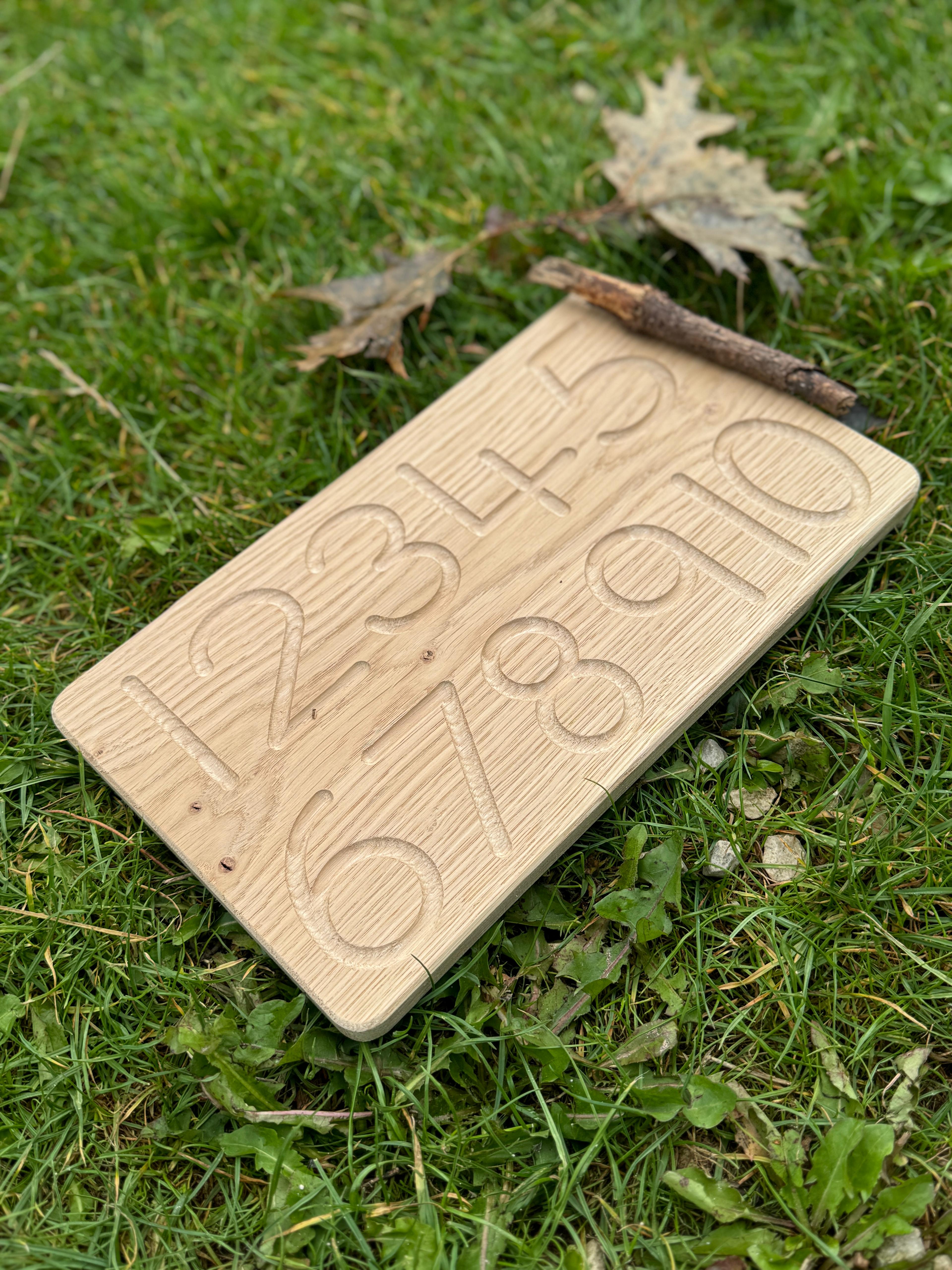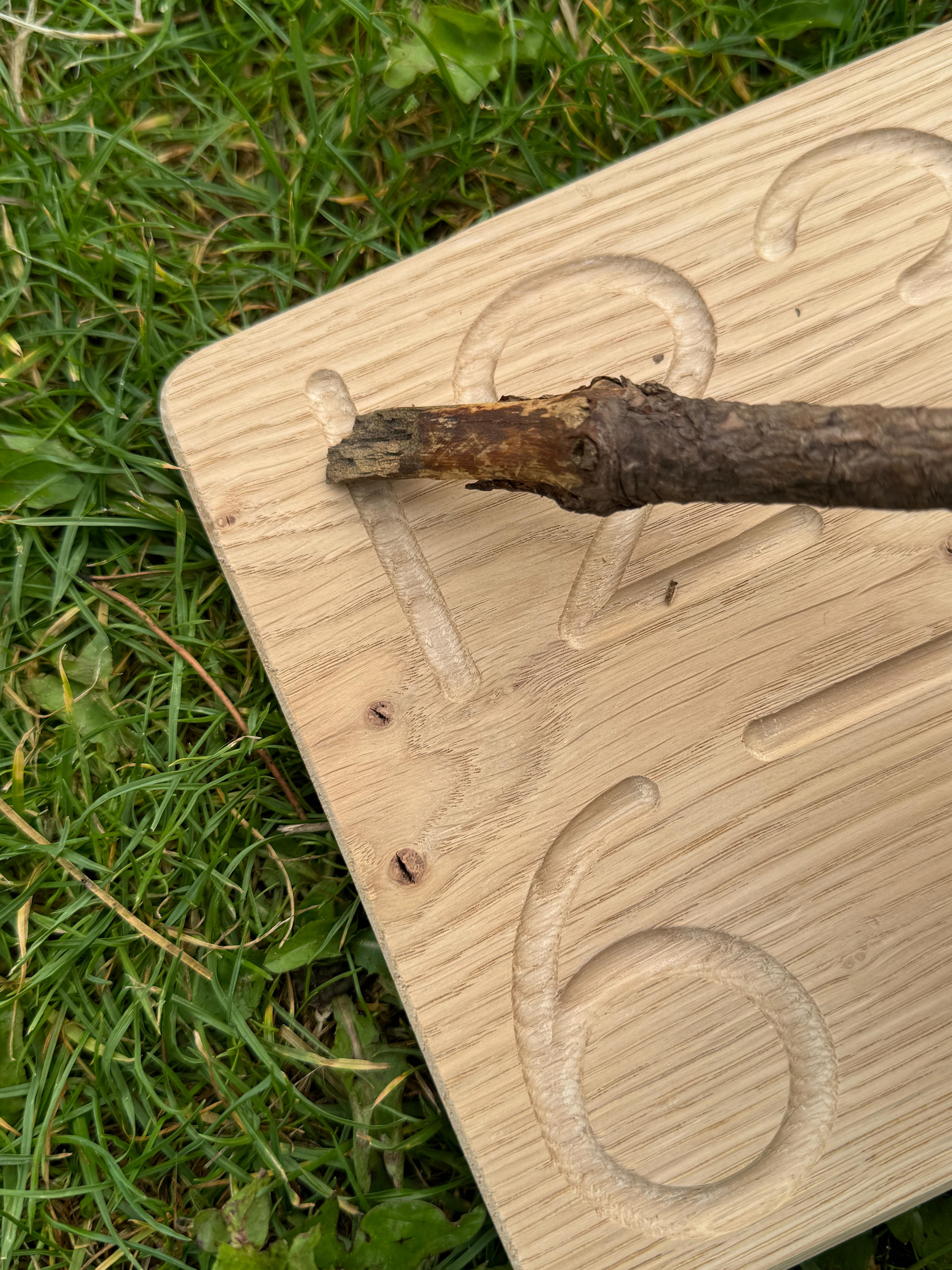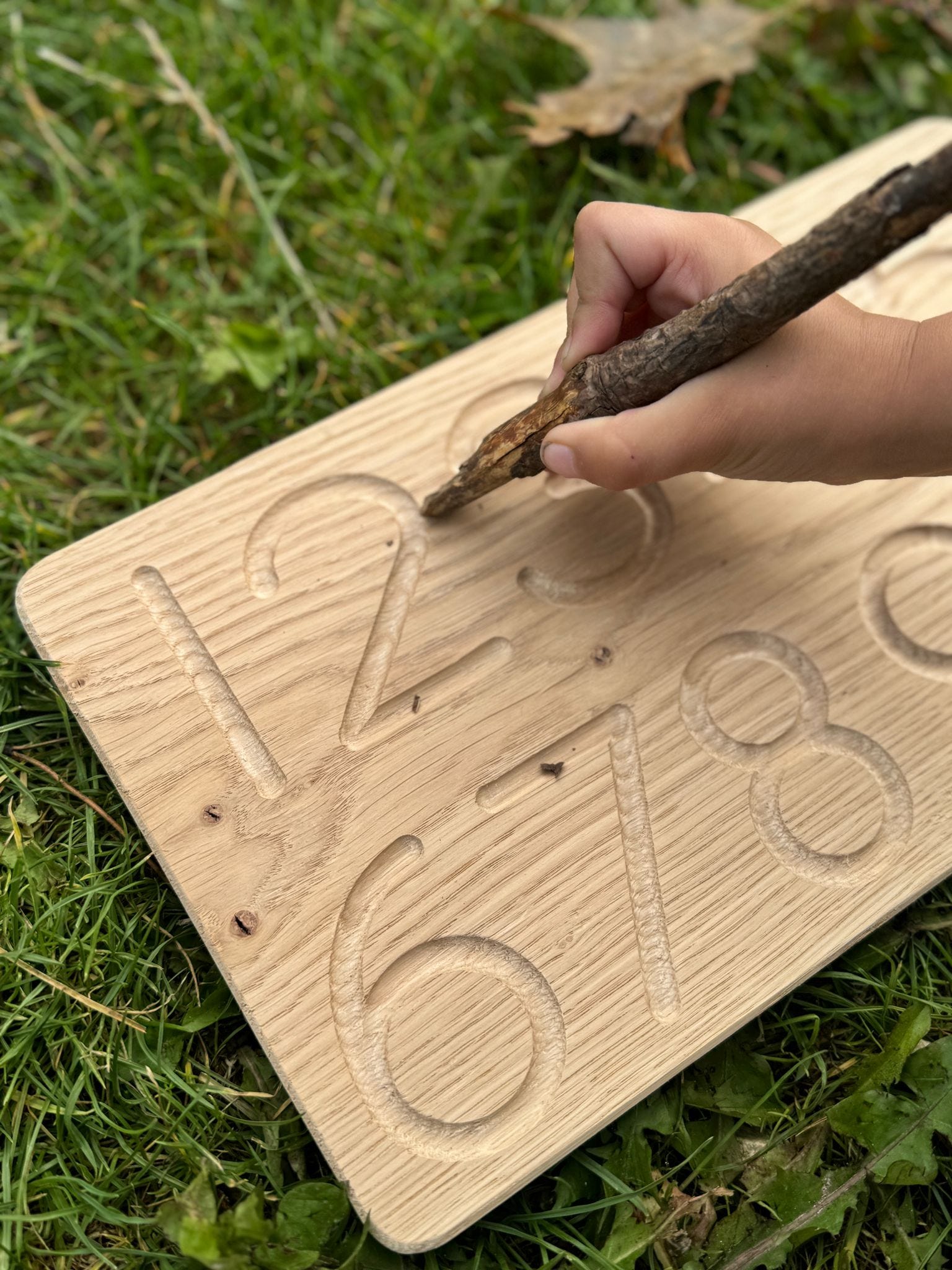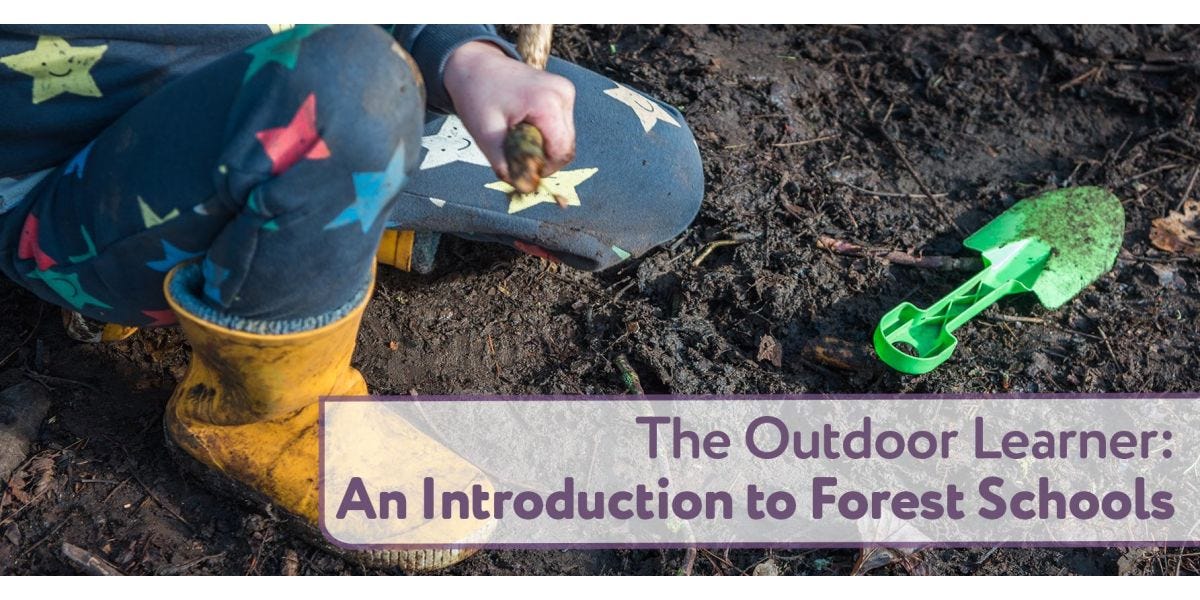Forest School is a unique child led learning approach that takes place in nature, encouraging children to explore the natural world through hands on experiences in a woodland environment, on a regular basis.
Adults support children in their play through exploration and risk taking, developing their confidence and self – esteem, learning how to be creative and independent.
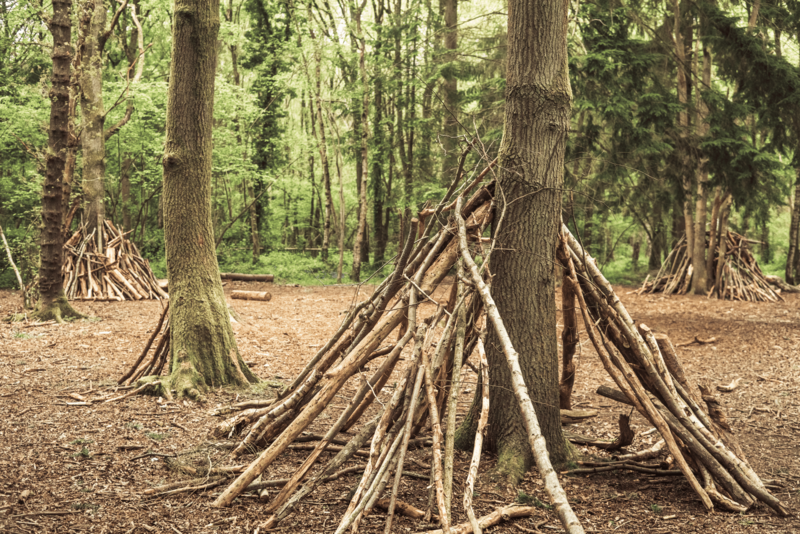

Where did Forest School begin?
It all began in Scandinavia where they believe that children of any age experience a huge range of benefits when they are engaged and inspired through playing and learning outdoors in woodland and grassland environments.
They have a philosophy called Friluftsliv, which means ‘Outdoor Life’ in Norwegian.
More information about this can be found at - www./forestschoolassocation.org
What are the Six Principles?
Forest School practitioners follow 6 core principles during the sessions outdoors, which are set out by the Forest School Association.
- Long Term - Forest School is a long-term process of frequent and regular sessions in a woodland or natural environment, rather than a one-off visit. Planning, adaption, observations and reviewing are integral elements of Forest School.
- Nature - Forest School takes place in a woodland or natural wooded environment to support the development of a relationship between the learner and the natural world.
- Risk - Forest School offers learners the opportunity to take supported risks in this new and exciting environment.
- Holistic Learning - Forest School aims to promote the holistic development of all those involved. It helps to foster resilient, confident, independent and creative learners.
- Leadership - Forest School is run by practitioners who continuously maintain and develop their professional practice.
- Community - Forest School uses a range of learner-centred processes to create a community for development and learning.
Forest School Activity Ideas:
Dogwood Hearts
1. Cut some dogwood and bend into heart shapes
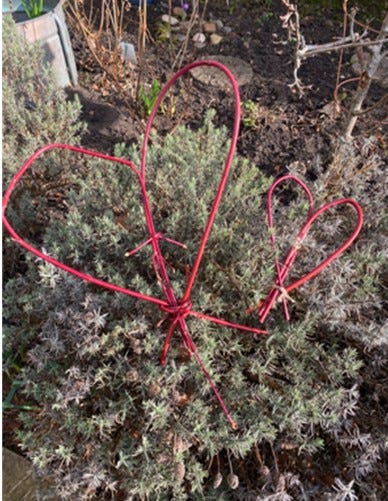

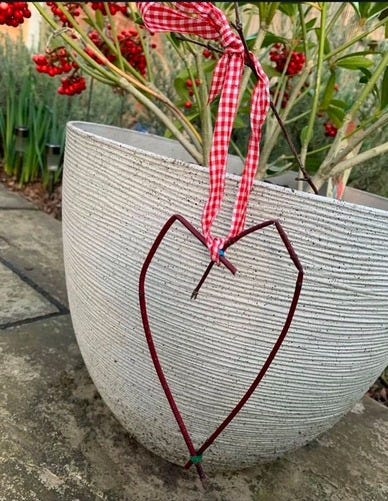

Ice Wreaths
1. Add a smaller tub in the middle with some heavy stones inside.
2. Place it outside if it's cold enough, or in a freezer.
3. When frozen, carefully take it out and add a ribbon or string to hang it up.
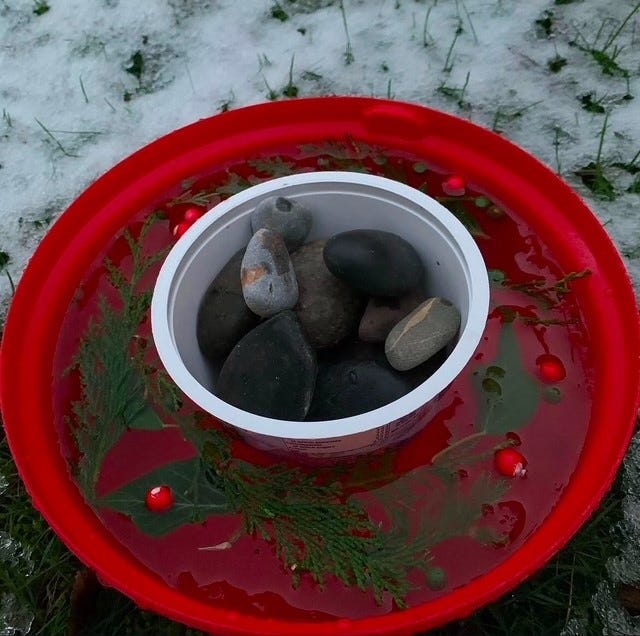

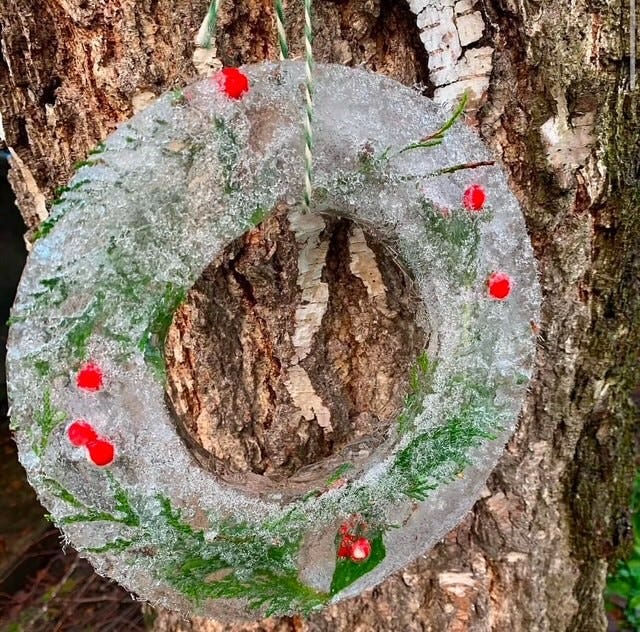

Nature Brushes
1. Find a stick, any size will do.
2. Collect some leaves and attach them with string.
3. Pair them with mud and a flat surface to create a beautiful masterpiece.
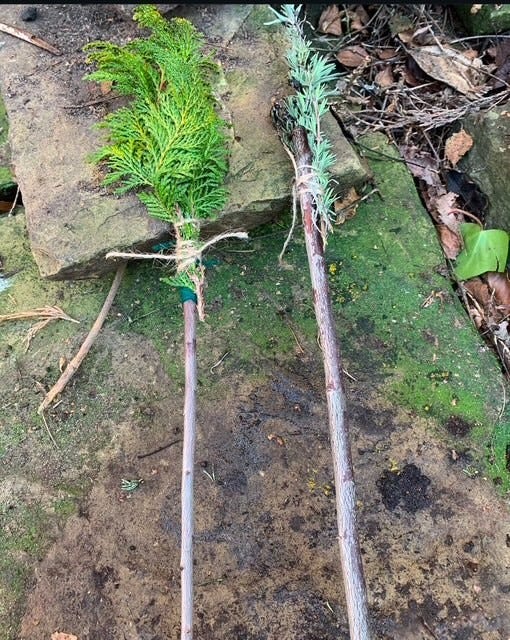

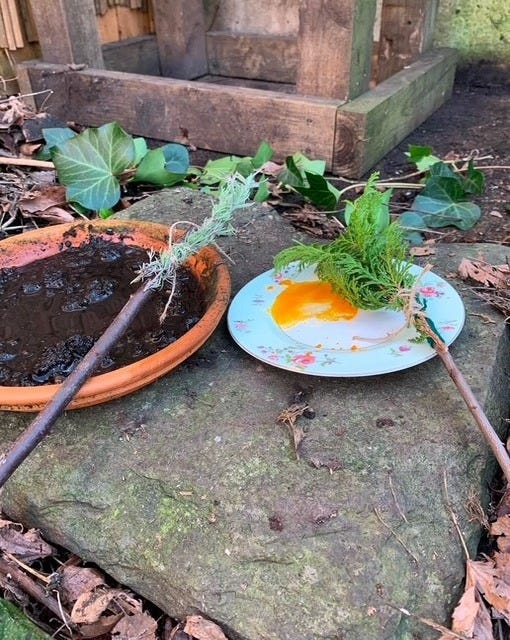

Clay Hedgehogs
1. Using clay make a ball shape and pinch the clay at the front out.
2. Collect some sticks and add them to the top.
3. Add some stones, petal or leaves for eyes.




My Forest School Journey so far
I am a Forest School practitioner in a local Primary School and I’m really passionate about being outdoors. I love connecting with nature with our Reception class every Wednesday. There are so many benefits to being outside such as improving mental health and well-being, taking time to slow down and notice all the small changes in the environment through the changes in the seasons and the sense of feeling calm.
Our Forest School sessions are held in a woodland area in our school grounds which we’re so lucky to have. I always start the sessions with showing the children a piece of seasonal nature treasure that they might see out and about on their walks and tell them the name of it, so they are able to wow their parents with their knowledge!
We always finish the session with a reflection circle passing a piece of nature treasure round and explaining to the rest of the small group what they have enjoyed or found. For example, “I enjoyed listening to the birds”, “I liked collecting worms”, “I used the spade to dig a big hole” “I found this green spikey leaf”, “I found a beech leaf”.
Forest school sessions are in small groups where they collaborate with each other exploring the woodland area. They learn to care and protect our environment and natural world, how to build habitats for birds, minibeasts and small animals such as hedgehogs, build dens, see nature change through the seasons, take risks in their play and handle small tools.
Some Nurseries and Schools do offer Forest School sessions for either all ages or Early Years, however if you haven’t experienced a Forest School session, I would recommend you find and contact your local Forest School Practitioner. Grab the opportunity to get outdoors and connect with Nature!
For some Nature craft ideas please visit my Instagram page @forestschoolgarden
This wooden Ten Frame is a fantastic tool for supporting children's math development through hands-on activities. Perfectly sized and also made from solid oak, it offers a durable and tactile experience for young learners. Little ones can use it to explore counting, number bonds, addition, and subtraction, making math concepts more accessible and fun. Whether filling the frame with small natural objects or counting pebbles, this versatile tool encourages visual learning and problem-solving. Ideal for classrooms or outdoor play, it helps children build confidence in early math skills while interacting with the world around them.
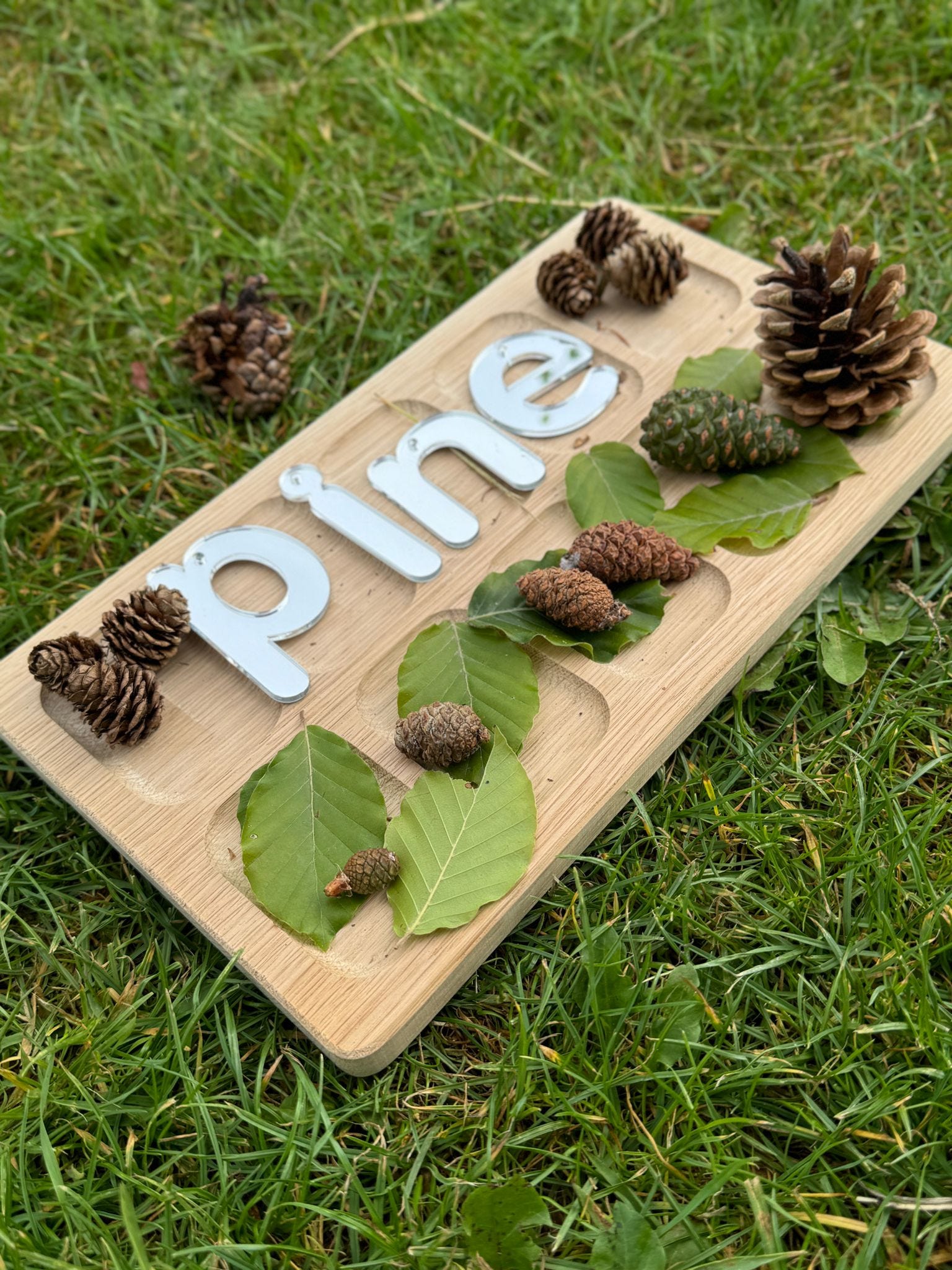

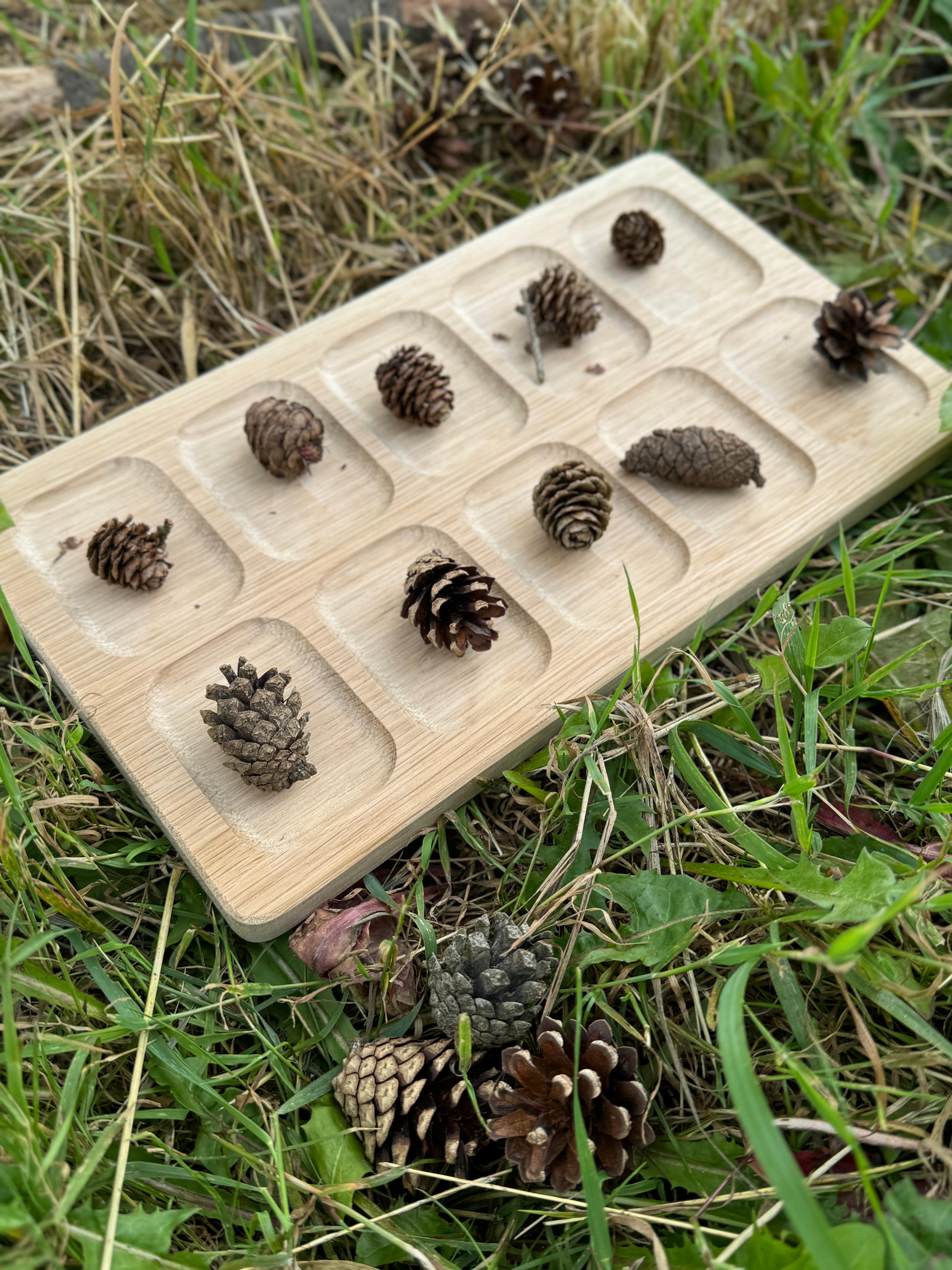

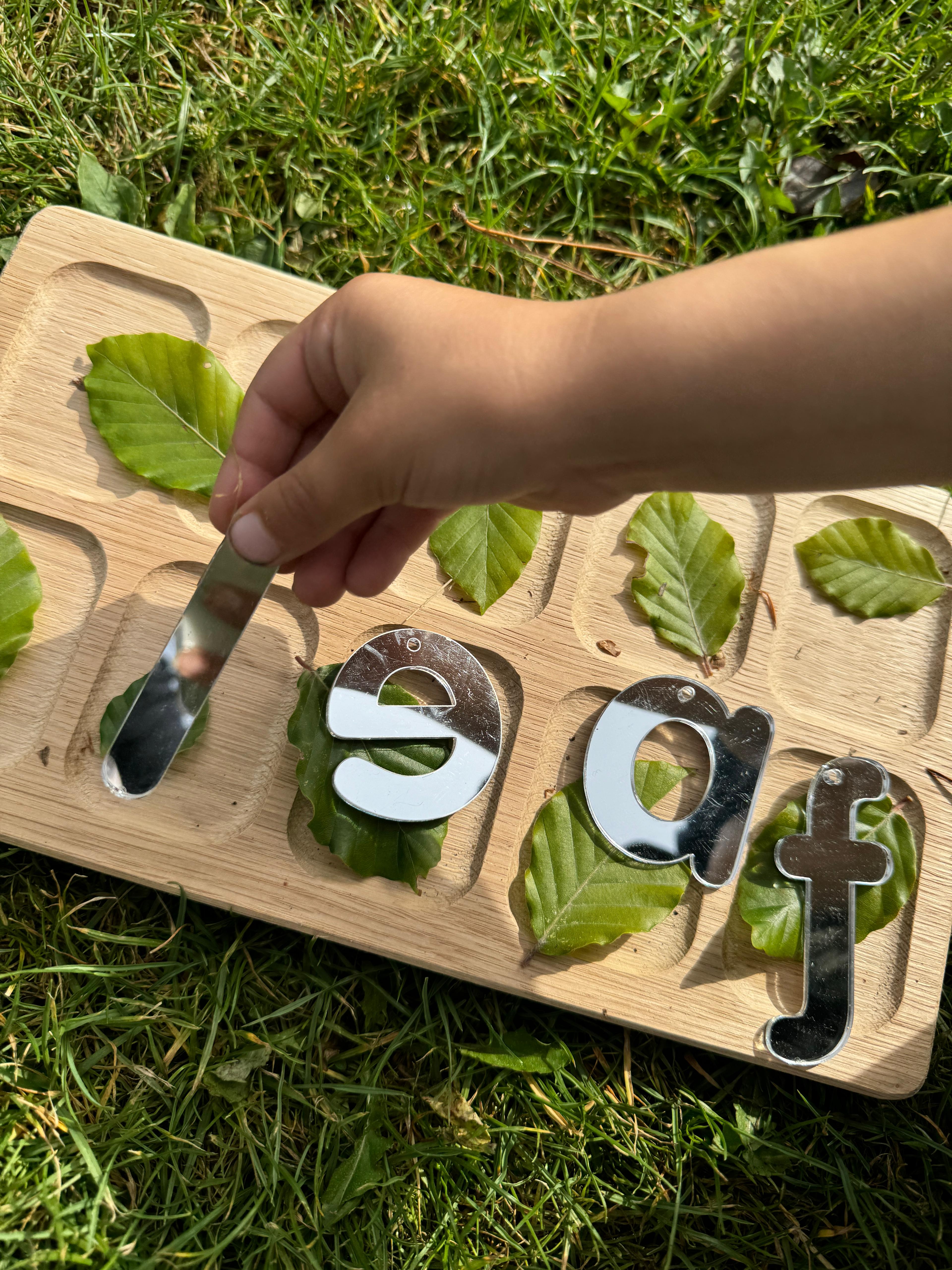

This solid oak wooden Ten Frame is an essential tool for engaging children in hands-on math activities. This sturdy and tactile platform is ideal for practicing counting, number bonds, addition, and subtraction. The carved wooden frames encourage visual learning and helps children grasp essential mathematical concepts in a fun and interactive way. Whether using pebbles, buttons, pom poms, or other small objects, this Ten Frame supports early numeracy development and can be used both indoors and outdoors, making math exploration more enjoyable and accessible for young learners.


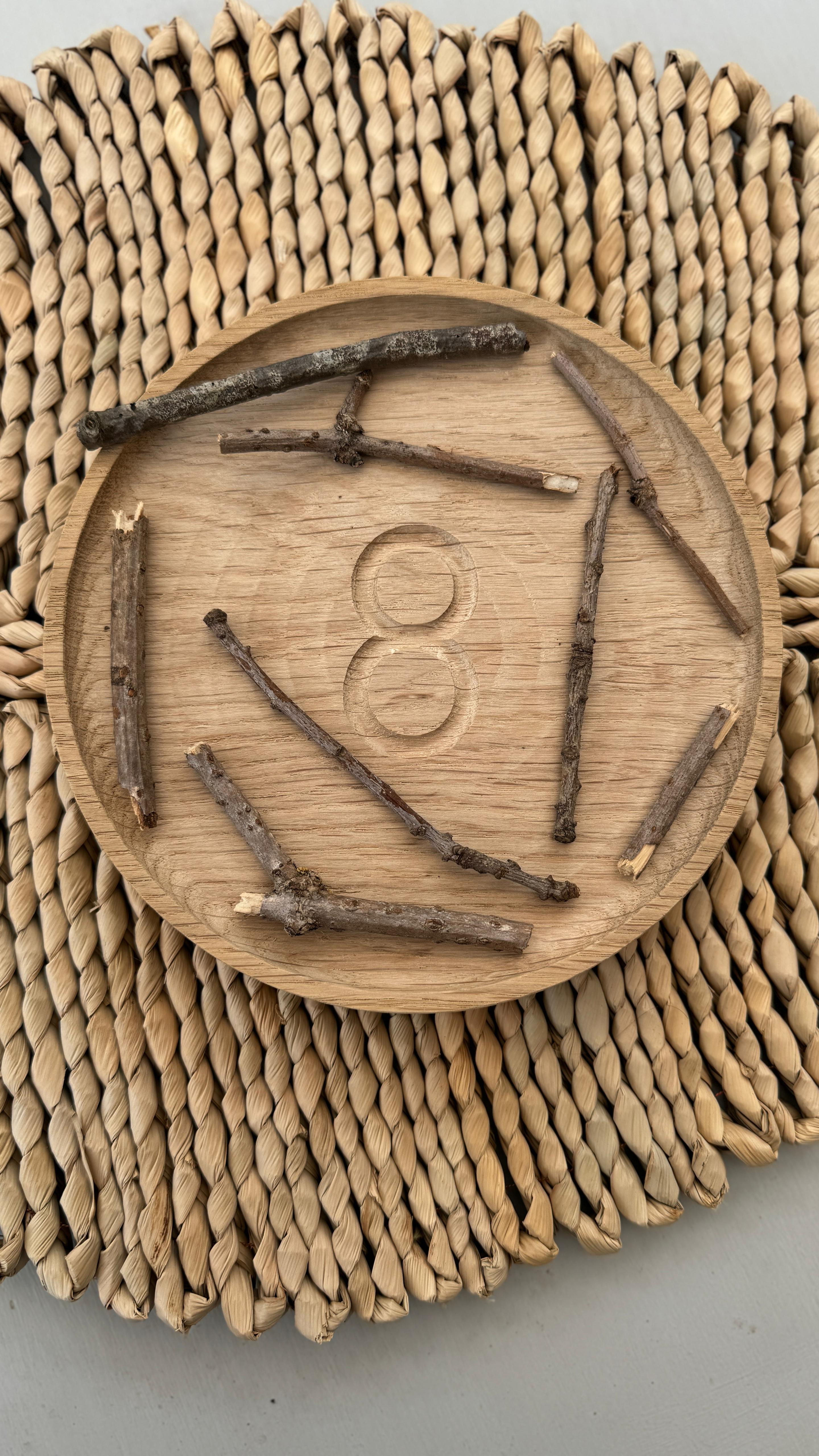

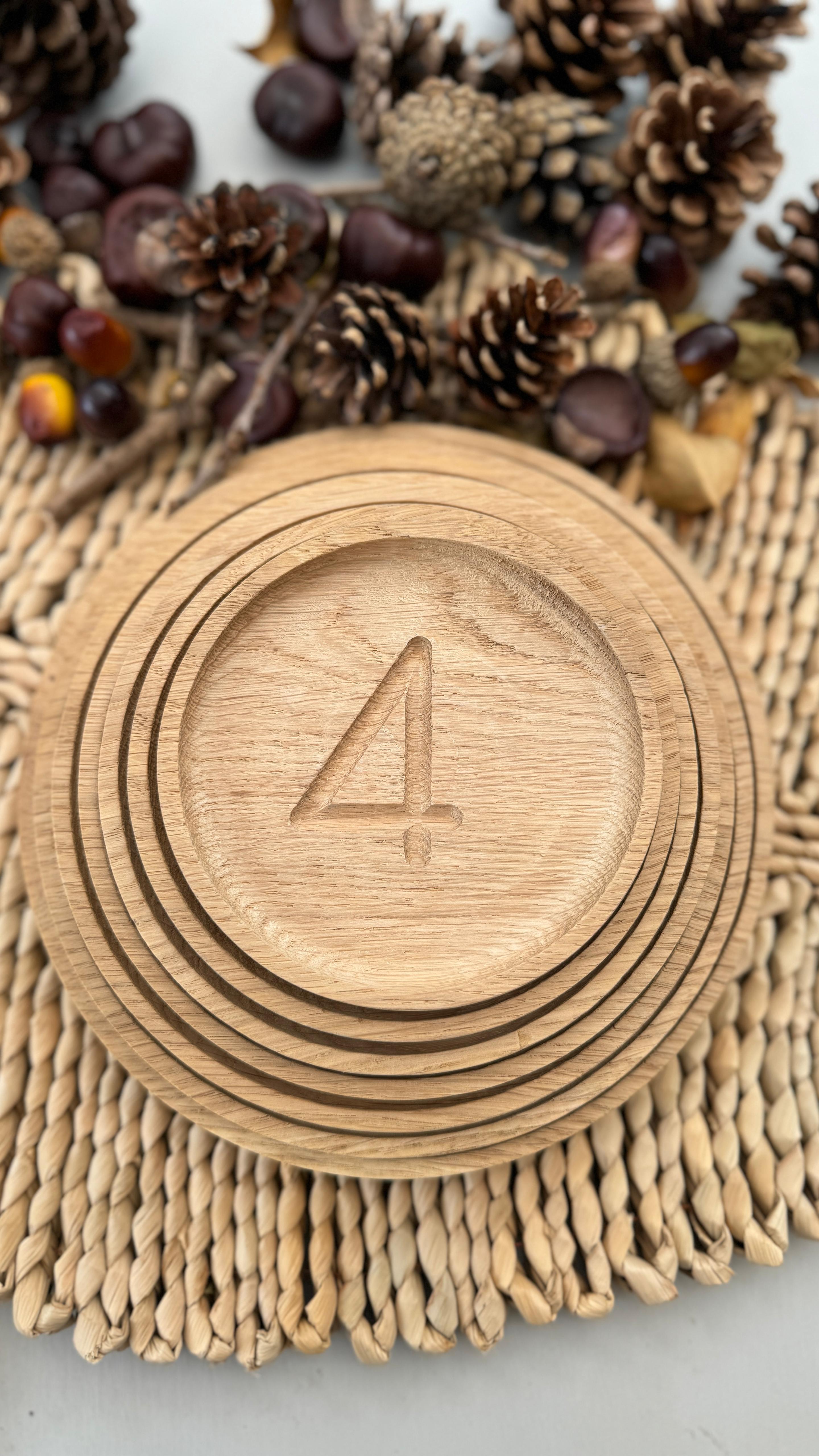

This solid oak number tracing board is perfect for helping children practise their number recognition and formation. Featuring the numbers 1 to 10, each digit is carved clearly and is easy for children to read and trace. Using a stick or other natural objects, children can follow the grooves of each number, strengthening their fine motor skills while developing a deeper understanding of how numbers are formed. This tactile approach not only aids in learning number shapes but also makes math practice more engaging and enjoyable. This beautifully created board brings a sensory and nature-inspired element to early number learning.
